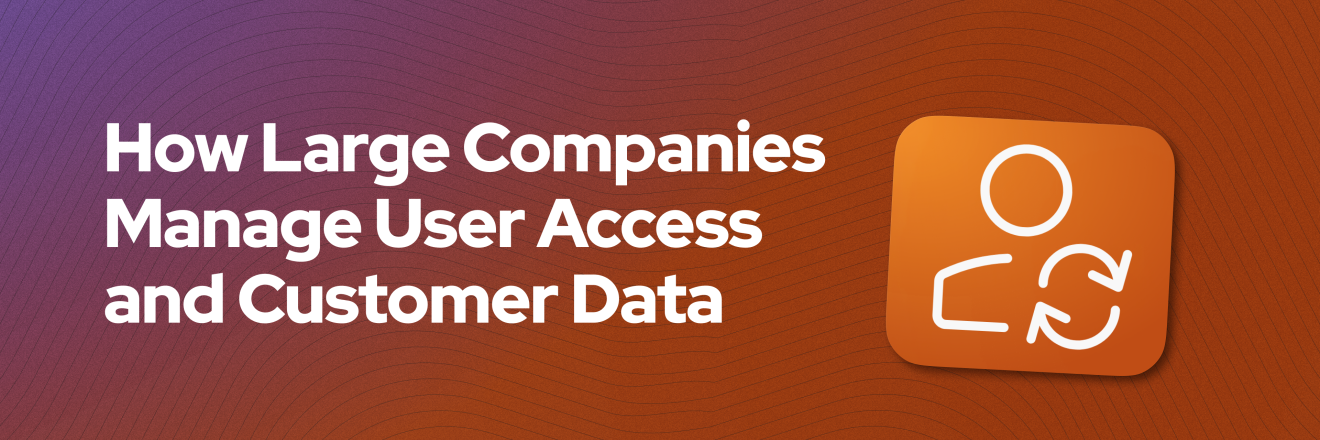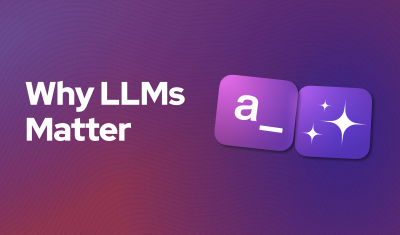Managing customer data is one of the toughest jobs for large companies today. With so many departments—like marketing, sales, business analysts, and support—needing access to different views of the same data, it can be hard to keep everything organized, integrated, and secure.
As companies grow, managing who can access what data across various systems becomes increasingly complicated. Building custom dashboards and internal apps only adds to the complexity, especially when companies need to sync user data across different platforms. This is where SCIM (System for Cross-domain Identity Management) comes into play. It helps large enterprises automatically manage and sync users across multiple systems, cutting down on manual work and reducing errors.
The Problem: Managing Users in Large Enterprises
Big companies often have hundreds or even thousands of employees working in different roles across various teams and departments. These employees need access to different applications and data to do their jobs well, collaborate with colleagues, and share insights.
For example:
- Marketing might need customer engagement data to run targeted campaigns.
- Sales might require detailed customer purchase histories to identify upsell opportunities.
- Customer Support needs quick access to ticket histories to resolve issues faster.
Giving everyone the right level of access manually can be slow, and mistakes can lead to security issues. That’s why companies need a system to manage users and their access across platforms automatically.
Customer Data Dashboards: A Common Use Case
One of the most critical ways SCIM helps big companies is by managing access to customer data dashboards. These dashboards bring together data from various systems—like marketing tools, CRMs, sales platforms, and support systems—into a unified view. Each department, however, needs a different view of that data.
For instance:
- Marketing looks at engagement metrics and campaign performance.
- Sales focuses on deal pipelines, customer value, and product usage.
- Customer Support monitors issues, tickets, and resolutions.
With SCIM, companies can set up role-based access controls to make sure that each department sees only the data they need. This reduces security risks and helps maintain compliance with internal governance policies.
Why SCIM is a Great Solution for Enterprises
Using SCIM for managing users across different systems offers several key benefits for large enterprises:
- Time Savings: SCIM automates the syncing of users and roles across platforms, which means less manual work. This speeds up the process of launching new apps and dashboards.
- Cost Reduction: Automating user management reduces errors and lowers operational costs, allowing IT teams to focus on more strategic tasks rather than routine user provisioning.
- Increased Security: With SCIM, it’s easier to control who has access to what, reducing the risk of security breaches and ensuring compliance with company policies.
- Fewer Errors: Automating the process eliminates the risk of human error in user provisioning and ensures that user data remains up-to-date.
- Consistency Across Platforms: SCIM ensures that user roles and permissions are consistent across different apps and systems, which helps employees access accurate data and make better decisions.
Why SCIM is a Smart Investment for Large Enterprises
For large companies—especially those handling large volumes of customer data—automating user management with SCIM is a smart move. It simplifies the process, cuts down on admin work, enhances security, and speeds up the development of internal tools like customer 360 dashboards.
Appsmith integrates with SCIM and popular identity providers like Microsoft Azure Entra ID and Okta, making it easy for companies to sync users and roles across multiple platforms. For enterprises looking to get more out of their customer data, SCIM is a valuable tool that boosts efficiency and reduces risk.
Want to learn more? Watch our video on How to Automate SCIM Provisioning in Appsmith with Azure Entra ID.
FAQ: Understanding SCIM and User Management for Enterprises
1. What is SCIM?
SCIM stands for System for Cross-domain Identity Management. It’s a standard protocol that helps companies automatically manage user identities and roles across different systems, making it easier to control access to data and applications.
2. Why is user management important for large companies?
Managing users is crucial for large companies because it ensures that only the right people have access to the right data. This protects the company from security risks and helps employees access the information they need to do their jobs effectively.
3. How does SCIM improve security?
SCIM helps automate user access management, reducing the chances of human error. It ensures that only authorized users have access to specific data, improving security and helping enforce company policies.
4. How does SCIM help reduce costs?
SCIM reduces the time and resources needed to manage users manually. By automating this process, companies save on operational costs and can shift their focus to more important projects.
5. What types of apps benefit from SCIM?
Any app that involves user data management can benefit from SCIM. This includes customer data dashboards, CRMs, sales tools, support ticketing systems, and internal apps that need role-based access controls.
6. Can SCIM work with systems like Microsoft Azure and Okta?
Yes, SCIM can integrate with popular identity providers like Microsoft Azure Entra ID and Okta, allowing companies to sync users and roles across multiple platforms without needing to build custom user management systems.
7. How do I get started with SCIM in my organization?
To get started, ensure your systems support SCIM integration. Many platforms, including Appsmith, offer built-in SCIM support, making it easy to set up user provisioning. You can also find tutorials on automating SCIM provisioning with identity providers like Microsoft Azure.





